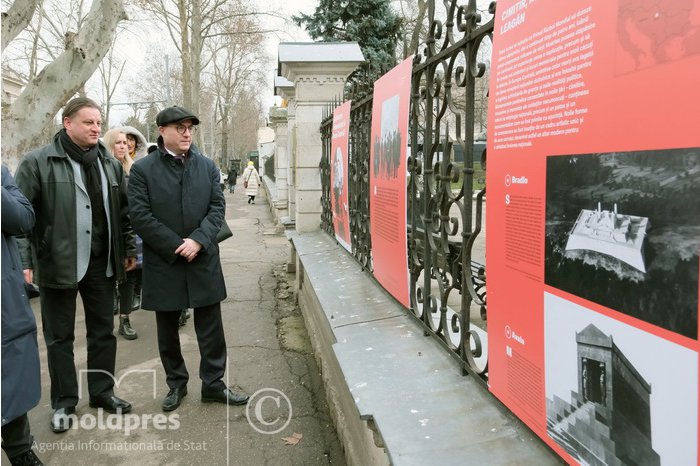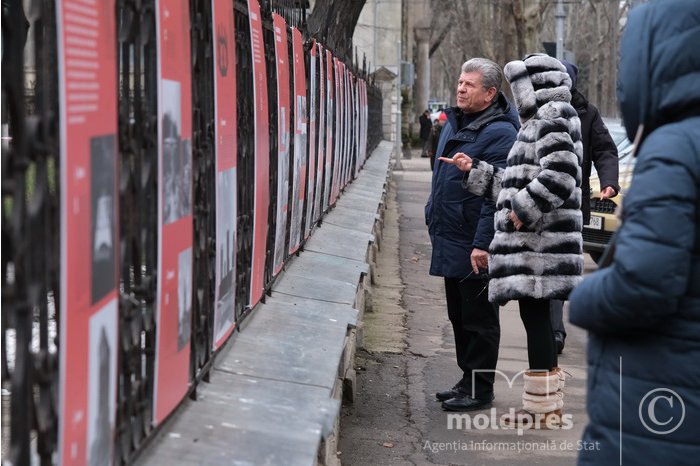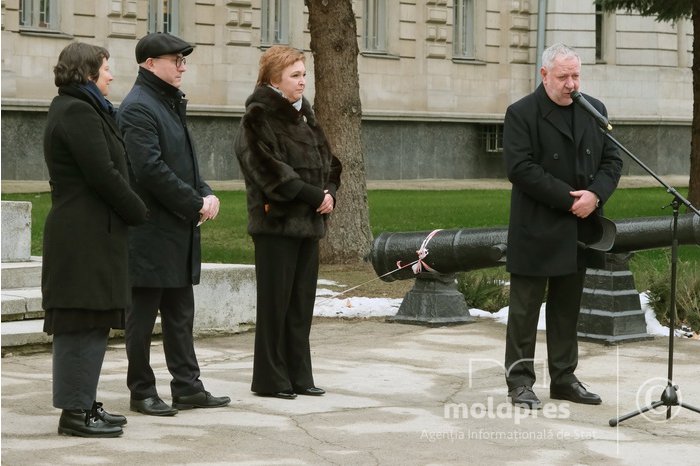Polish Institute in Bucharest inaugurates exhibition in Moldovan capital
19:33 | 01.02.2023 Category: Culture
Chisinau, 1 February /MOLDPRES/ - The "Architecture of Independence in Central Europe" exhibition was opened at the National Museum of History of Moldova today.
According to the organizers, the end of the World War I in 1918 radically changed the geopolitical image of Central Europe. It brought freedom to many nations, while for others it meant profound changes to the existing framework of political and economic life. War damage, shifting borders and the clash with new political realities left their mark on the development of culture and the shape of architecture in this part of the continent in the following decades. You will discover how Bucharest, Warsaw, Tallinn, Eforie Nord and Chernivtsi have changed by reading the Romanian version of the exhibition "Independence Architecture in Central Europe" prepared by the Polish Institute in Bucharest.
Attending the event Ambassador of Poland to Moldova Tomasz Kobzdej referred to the significance of this exhibition, which approaches interesting subjects: architecture and the society during the history covered by the European states.
“It was a short but very dynamic period. A mosaic of new countries emerged on the map of Central Europe. A dream that formed after the tragedy of the First World War was to regain stability, to introduce order into the world torn apart, to find a new system for nations that finally gained their desired subjectivity” – says Łukasz Galusek, the deputy director for programme policy at the ICC and one of the curators of the exhibition. “Now, over a one hundred years later, we can look back at the moment when this new order was formed; for many, this was a time to celebrate, for others this date still provokes reflections. We look at our part of the continent in a broad horizon, trying to embrace a wide spectrum of changes happening at the time, which were reflected in space, urban planning, and architecture,” Łukasz Galusek noted.
The exhibition is co-financed by the Polish Ministry of Culture and National Heritage as part of the Multiannual Programme NIEPODLEGŁA 2017–2022. It can be watched on the fence of the National Museum of History of Moldova during 1-28 February 2023.



